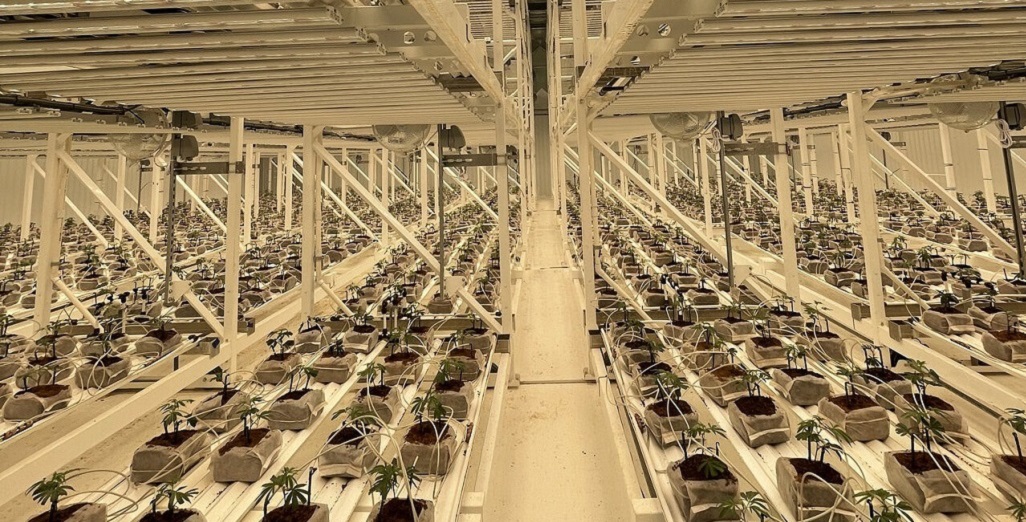Sign up here to subscribe to the Grower2grower Ezine. Every two weeks you will receive new articles, specific to the protected cropping industry, informing you of industry news and events straight to your inbox.
Feb 2021
Nutrient management of a cannabis crop

Different situations require tailor made approaches
Published on 10/02/2021
Cannabis crops are grown all around the world in many different facilities and growing media. All these different situations require tailor made approaches when it comes to nutrient management. The cannabis industry is playing catch up (legal reasons) with the rest of the commercial horticultural industry on nutrient management, and there is still much to discover and learn.
Some basic nutrition rules are applicable for all cannabis growing situations. Our consultant Richard Kooijman will guide you in this article, the basic rules are as follows:
Mobile Nutrients
Mobile elements can be moved around in the plant very easily. Examples of these elements are nitrogen (N), magnesium (Mg), phosphorus (P) and potassium (K). When there is a deficiency, plants typically move nutrients from the old growth to the new growth in the top of the plant.
When mobile elements are deficient the old leaves can display mottling, yellowing between veins, or dying of mature leaves. It is important to note that when there is a deficiency of mobile elements, the new growth on the top of plant does not show any signs of deficiency.
Immobile Nutrients
Immobile elements are elements that stay at their destination or move very little in a plant. Examples are boron (B), copper (Cu), iron (Fe), molybdenum (Mo), sulphur (S) and zinc (Zn). Calcium (Ca) is also quite an immobile element. If new growth appears stunted, deformed, brown or dying, consider deficiency of an immobile element.
Die back may occur. This is most likely to happen with boron and calcium deficiency. A deficiency of these elements is more likely to be caused by poor transpiration of the crop, rather than actually being deficient in the nutrient supply.
When yellowing of new growth leaves occur, then iron deficiency is usually the case. Sulphur deficiency can cause the same symptoms but is much rarer. Purpling of the stem may be a characteristic of certain strains, a phosphorus deficiency, or a result of temperatures in the growing facility being too cool.
Toxicities
If leaves appear to be significantly darker and are smaller than usual, excess nitrogen is usually to blame; another possibility is over-fertilisation (too high EC). If leaves appear dark in colour and are hooked downward like a ‘claw’, this is usually caused by excess nitrogen. Pests can cause hooking too but if these are absent, the problem lies with excess N.
pH
The best irrigation pH for Cannabis is between 5.6 and 6.3. Above a pH of 6.2 some micronutrients precipitate out and are less available. Below pH of 5.5 then boron, copper, manganese (Mn) and phosphorus become too available. This can result in toxicity.
In practice
The Vegetative phase: long daylight hours induces vigorous vegetative growth. The aim is to grow a strong healthy plant that is able to produce a high volume of quality flowering buds. Nitrogen and potassium are important at his stage.
Generative phase: is induced with decreased daylight length. Three stages: bud formation, bud sizing, and the finishing stage when the flower buds reach maturity and are ready for harvest. The flowering phase is a critical stage and any nutrition provided during the flowering phase directly influences the bud formation and development. K is more important than N and P at this stage.
Each strain has different nutrient requirements and deficiency symptoms can look slightly different too, but these general rules all still apply. Of course there are more aspects in cannabis nutrition to consider.

For more information:
Cultivators
info@cultivators.nl
cultivators.nl
CLASSIFIED
Subscribe to our E-Zine
More
From This Category
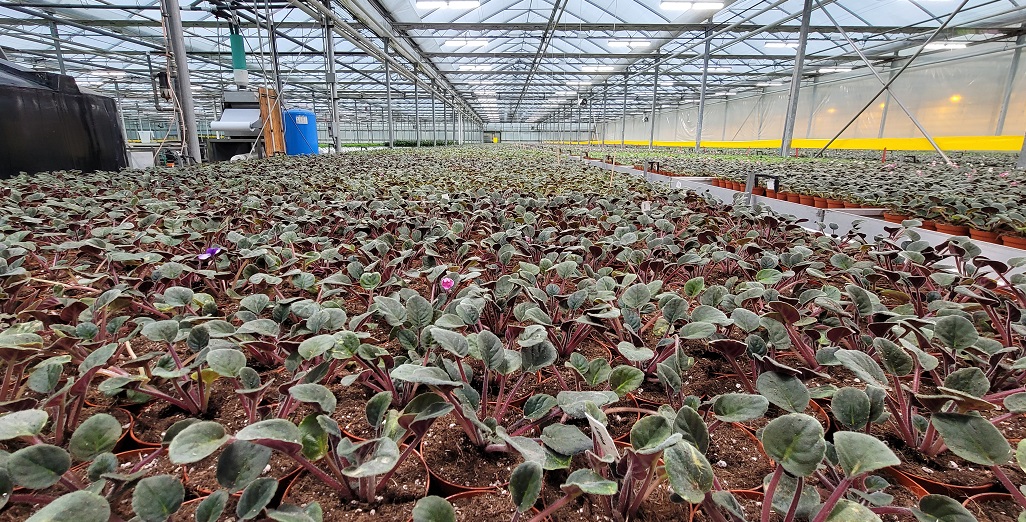
Free Webinar on Controlling Waterborne Pathogens in Greenhouses

Whitepaper elaborates on safe recirculation of irrigation water
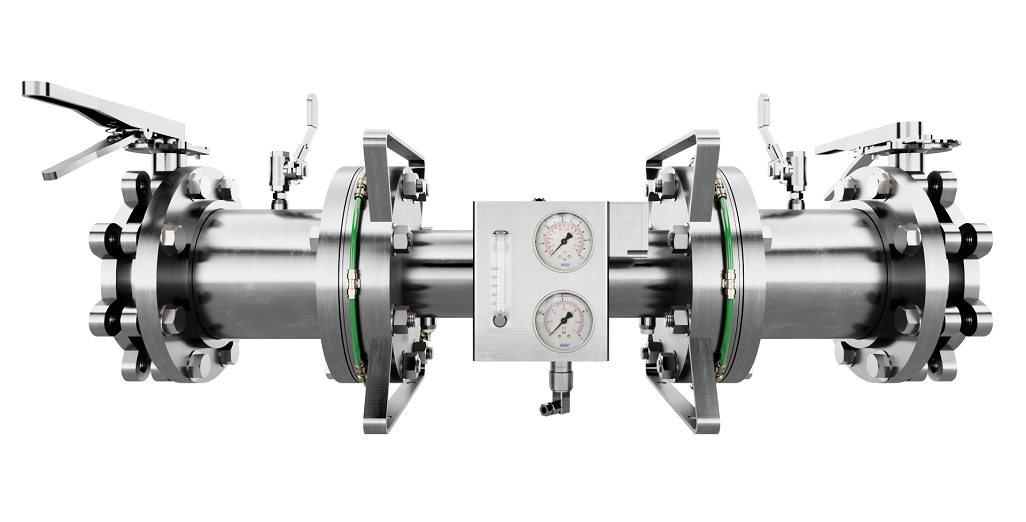
Introducing Moleaer’s Trinity: Revolutionizing Agriculture with Advanced Nanobubble Technology
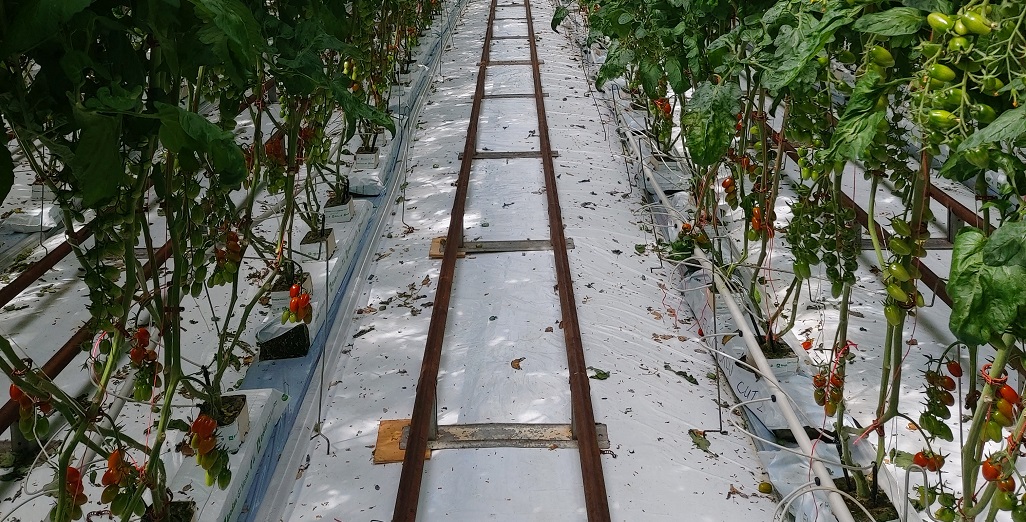
Fleecegrow turning wool into substrates a reality – GROWER SURVEY
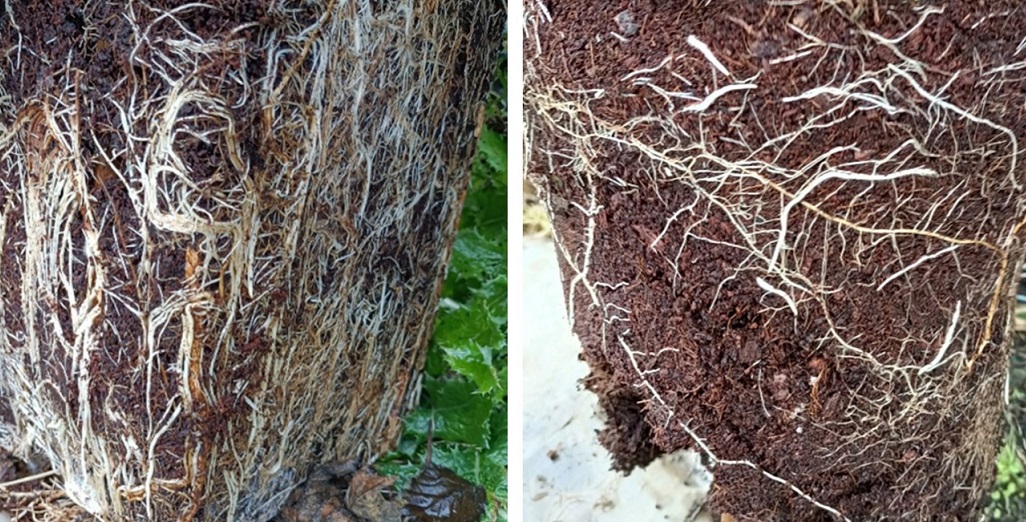
Synergy – protect plants from various soil-borne pathogens.
